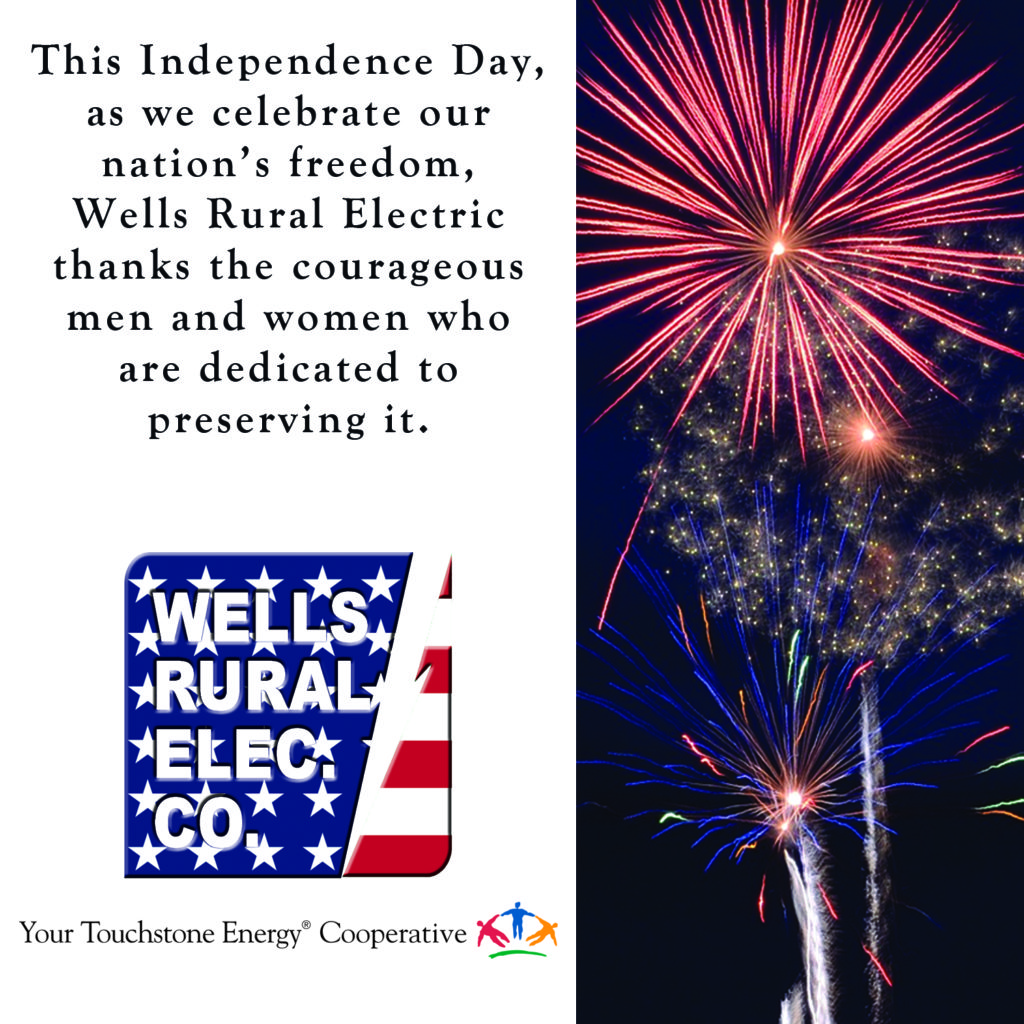Published in the High Desert Advocate June 25th, 2021 Edition.
What is Causing Outbursts of Rage on Planes and Grocery Checkout lines?
Last week, a stranger threatened to beat up me and my husband at a store. Apparently, this happens all the time. Why?
Last week, a stranger threatened to beat up me and my husband in the checkout area of a grocery store. What set him off was that my husband, en route to return an unwanted item, had brushed past him. The man announced that he was going outside to wait for us and – screaming, snarling, raising his fists – stared at us through the window. Was I surprised that a muscular guy in his 30s was threatening to punch out two grandparents? The woman behind the checkout counter wasn’t. She said, “Stuff like this happens every few days.” In fact, not long before, in another supermarket, another city, an elderly man raged and shouted at me, claiming that I was standing too close, and the cashier said, “He comes in here and does this all the time.”
I thought of these incidents when I read that, on June 14, a man had shot and killed a Georgia supermarket cashier when she asked him to wear a mask. Violence is surging on airplanes, too. As Sara Nelson, the president of the Association of Flight Attendants-CWA, recently said: “We’ve never before seen aggression and violence on our planes like we have in the past five months.” Just the other week, a flight attendant had two teeth knocked out by a violent passenger.
Gun violence, mass shootings and homicides have soared during the past months. In Miami, Dallas, Detroit, Baton Rouge, Los Angeles, Portland, Minneapolis, the list goes on – the rate of random and targeted killings has dramatically increased. Explanations for this have been suggested: the economic effects of the pandemic, the proliferation of guns. Rightwing pundits blame the Black Lives Matter movement for undermining police authority. Certainly the communities suffering most from these tragedies are those that have endured high numbers of Covid deaths and dispossessions. Violence is one way in which humans respond to grief, loss and unendurable pressure.
The shootings and homicides are registered and tallied as statistics. But unless they result in injury or death, episodes of road rage, street rage and (apparently) supermarket rage go unreported.
Along with our gratitude to science, our joy at being able to hug the people we love, an underlying sense of menace and threat has made its way into our consciousness. The manager of a midtown Manhattan beauty salon told me she’s terrified of the men who stroll into the salon and wander around, exuding hostility, before turning and leaving. Our dentist’s receptionist said that “no one should have to see” the outbursts and skirmishes she routinely observes on her daily walk to and from the Port Authority bus terminal. A friend compared a recent road trip to a manic video game, navigating among tailgating, speeding, honking, reckless, aggressive drivers. One wonders where all this free-floating fury is coming from, exactly.
In our hurry to return to life as we knew it before 2020, some of us have begun to behave as if nothing unusual or disturbing had occurred. On Saturday nights, in bars and restaurants, the massive collective traumas that our nation has just experienced –the pandemic and the 6 January Capitol insurrection – might almost seem like figments of our collective imagination.
Watching crowds at bars and beaches partying (to quote Prince) “like it’s 1999”, who would dream that, six months ago, we considered our fellow humans as potential vectors of contagion? Though many still wear masks, the “new normal” looks – on the surface, and in some neighborhoods – so much like the old normal that it’s almost possible to forget that 600,000 Americans died, and that until a few months ago, we were confined to our homes, blindsided by the warp speed at which reality had changed.
I’m not saying we want to relive the grief and isolation of lockdown, to revisit those horrifying hours spent watching the Capitol invasion on TV. I’m not suggesting we live in fear of the next big bad thing. But forgotten trauma is the equivalent of an untreated wound – that’s Psychology 101. The ICU wards are quieter, for which we can be grateful. But at moments it seems as if we, as a nation, are suffering a societal nervous breakdown, a mass episode of amnesia.
Meanwhile, for many, the nightmare is far from over. People are still dying of the Covid-19 virus. “Long haul” Covid can mean perpetual illness. Businesses are still shuttered. People have lost jobs. Evictions and foreclosures are resuming. Families are under great strain, and the children and young people know it.
Homelessness has reached record levels in cities like New York. Our Dickensian social stratification seems even more extreme. Encampments constructed of blankets and shopping carts sprawl just down the block from places where young masters of the universe Instagram $30 plates of imported prosciutto.
Let’s be clear: something terrible and destabilizing happened to us, and something like it, or something else, might well happen again. Hundreds of thousands of people died. Our Capitol was invaded. Our democracy remains at risk. For millions of Americans, there has been no recovery, and for them the new normal is an ongoing state of panic. No matter what the charts show, people are still unemployed or fending off the creditors unleashed by the wreckage of their businesses.
For many Americans, the recovery is happening inside a pressure cooker. For others, a year of their lives was given over to something that can’t be mentioned, or that never happened.
Thinking about it that way, I’m slightly less astonished that the neighborhood supermarket, the place where we go to find the necessities for our families and our future, a ordinarily pleasant place where ordinary humans gather, should have become, in this new normal, the new arena for combat.
Francine Prose is the author of twenty-one works of fiction including, the highly acclaimed Mister Monkey; the New York Times bestseller Lovers at the Chameleon Club, Paris 1932; A Changed Man, which won the Dayton Literary Peace Prize; and Blue Angel, which was a finalist for the National Book Award. Her works of nonfiction include the highly praised Anne Frank: The Book, The Life, The Afterlife, and the New York Times bestseller Reading Like a Writer, which has become a classic. The recipient of numerous grants and honors, including a Guggenheim and a Fulbright, a Director’s Fellow at the Center for Scholars and Writers at the New York Public Library, Prose is a former president of PEN American Center, and a member of the American Academy of Arts and Letters and the American Academy of Arts and Sciences. She is a Distinguished Writer in Residence at Bard College.






